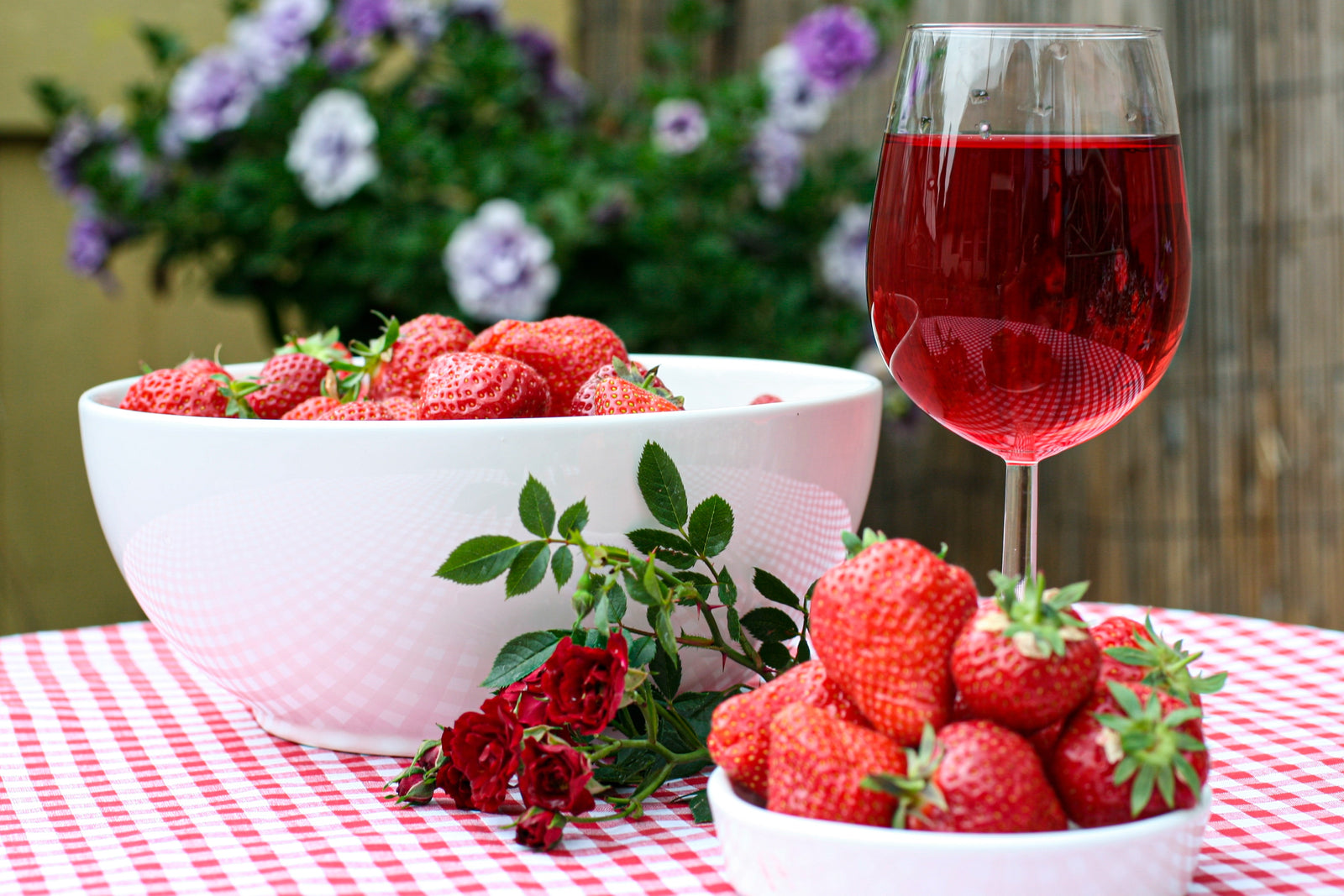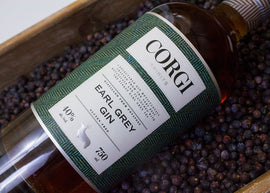This month we found another bunch o’ bargains that we think have a lot of character and flavor. They’re from regions we have not explored yet; the Utiel-Requena region of Spain, the Vinho Verde DOC in Portugal, and Morocco. After trying all 3, you might have a new favorite rosé region!
Think Pink!
Carrie Upson
General Manager
Bodega Sierra Norte Ananto Rosado
Region / Country of Origin: Utiel-Requena, Spain
Winemaker: Manuel Olmo
About the Winery: The history of Sierre Norte begins back in 1914, when two brothers (the grandfathers of the current owners) planted Bobal vineyards near the village of Camporrobles. At the time, this area was covered with fields planted with cereals. Locals thought they were crazy. Through the years, more and more vineyards were planted and new markets began to opened up. Up until the mid-90’s, most of the grapes grown here were sold off to wineries. The next generation decided at this time to build a winery and produce their own wine. Construction on the new winery began in 2000, the same year all of their vineyards were officially certified organic. Both their cellar and vineyards are certified organic. The butterfly labels are a nod to the time leading up to the release of their first vintage, when everyone had butterflies in their stomachs.
About the Winemaking: This rosé of 100% Bobal is made using the traditional saignée method after the must has macerated with the skins. A temperature-controlled fermentation is then done, bringing out the full potential of this grape variety. The processes leading up to the bottling (fining, stabilization and filtering) are carried out in the gentlest way possible in order to preserve all of the wine’s character.
Tasting Notes: A lovely, clean, brilliant raspberry color. Fruity and intense on the nose with floral, strawberry, and pomegranate aromas. Fresh on the palate with pleasant flavors. Very well-structured.
Suggested Food Pairing: Excellent with pasta dishes, fish, seafood or white meats.
Portal da Calcada Rose
Region / Country of Origin: Vinho Verde DOC, Portugal
Winemaker: Joao Cabral Almeida
About the Vineyards: The fruit for Portal da Calçada was manually harvested at the perfect maturation point from several parcels of our Estates, which are just outside of our wine cellar. The sun exposition of such parcels, disposed in terraces made exclusively from granitic soils surrounding water courses, reveal the potential and diversity of the Amarante sub-region.
The fruit used for developing this blend was grown accordingly to the Portuguese Integrated sustainable Agriculture, which follows the International Organization for Biological and Integrated Control (IOBC) guidelines. The strict following of these principals is certified by an independent entity (SATIVA) recognized by the Portuguese State.
About the Winemaking: The previously selected grapes were de-stemmed and slightly pressed. The extracted juice is decanted by gravity. It was then fermented in stainless steel vats with temperature control during approximately 15 days. Before bottling the wine is filtered and stabilized.
Tasting Notes: This wine has a vibrant pink color. It expresses the character of the Vinho Verde region with subtle fruity notes and red berry aroma. It envelops your palate with red fruits such as strawberries, gooseberry and red berries and is enhanced by floral notes.It has a vivid minerality that results in very fresh, attractive and gastronomic wine.
Suggested Food Pairing: Perfect alone as an aperitif or with light and fresh appetizers. Great pairing with sushi, pasta or white meats.
Domaine de Sahari Ben M'Tir Gris Rose
Region / Country of Origin: Beni M’Tir Morocco
Varietal: Cinsault & Grenache
About the location: This estate is in the “Appellation d’Origine Garantie Beni M’Tir” area. It lies in the foothills of the High Atlas Mountains close to the village of Ait Yazem south-west of Meknès, in the fertile plains of the Saiss region. At 600 metres above sea level, the vineyard enjoys a chalky-clay soil.
About the Winemaking: It is pressed immediately upon arrival at the winery using a process of direct pressure or pellicular maceration. The grape skins have just enough contact with the juice to give it its characteristic clear color and to preserve its range of flavors. The juice thus obtained is cooled to 10°C in stainless steel settling tanks. The temperature of the must is allowed to rise naturally to 16°C, at which point selected yeasts are introduced; alcoholic fermentation continues at this temperature for 2 – 3 weeks. The finished product is clarified by racking followed by filtration.
Tasting Notes:
Color: Pale pink color.
Nose: Aromas of fresh fruits and white flowers, with a hint of spice.
Mouth: The same flavors come across on the palate, with the addition of melon and peach. Rich, rounded and full-bodied.
Suggested Food Pairing:
Ideal accompaniment for: tuna steaks, roasted vegetables, grilled meats





